Твердосплавные покрытия являются интереснейшей областью материаловедения и находят применение в самых разных областях - от аэрокосмической до автомобильной и производственной. Эти покрытия, обычно созданные с использованием твердых материалов, таких как карбид вольфрама, обеспечивают беспрецедентную долговечность, твердость и износостойкость. В этом руководстве мы глубоко погрузимся в мир карбидных покрытий, рассмотрим их состав, области применения, методы производства и многое другое.
Что такое твердосплавные покрытия?
Твердосплавные покрытия - это тонкие слои чрезвычайно твердых и прочных материалов, часто состоящих из соединений на основе карбида, которые наносятся на различные подложки. Эти покрытия улучшают механические свойства инструментов, компонентов и оборудования, обеспечивая устойчивость к износу, коррозии и высоким температурам.
Считайте, что твердосплавные покрытия - это броня, в которую облачены ваши инструменты и компоненты для борьбы с агрессивными средами. Они повышают эффективность, продлевают срок службы и часто снижают эксплуатационные расходы.
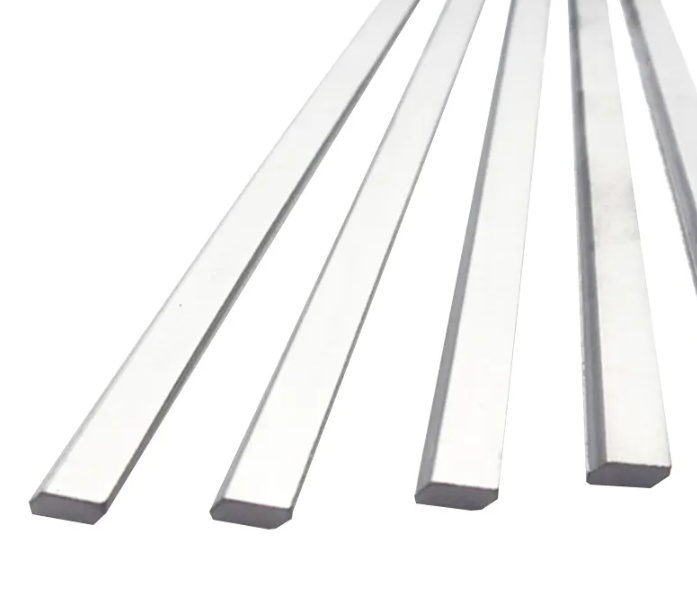
Типы Твердосплавные покрытия
Различные типы твердосплавных покрытий служат уникальным целям в зависимости от их состава и области применения. Ниже приведена таблица с основными типами твердосплавных покрытий.
| Тип покрытия | Основной состав | Основные характеристики |
|---|---|---|
| Карбид вольфрама (WC) | Частицы WC в кобальте | Высокая твердость, отличная износостойкость, хорошая прочность |
| Карбид хрома (CrC) | CrC из никеля или кобальта | Исключительная устойчивость к коррозии и окислению |
| Карбид титана (TiC) | Матрица TiC | Высокотемпературные характеристики, легкий вес |
| Карбид кремния (SiC) | SiC керамика | Выдающаяся термическая стабильность, чрезвычайная твердость |
| Карбид бора (B4C) | Соединение B4C | Легкий вес, высокая износостойкость |
| Карбид ванадия (VC) | VC в стальных субстратах | Повышенная износостойкость при скольжении |
| Карбид гафния (HfC) | HfC-керамика | Устойчивость к сверхвысоким температурам |
| Карбид молибдена (Mo2C) | Матрица Mo2C | Хорошая теплопроводность, устойчивость к окислению |
| Карбид ниобия (NbC) | сплавы NbC | Сочетание прочности и высокотемпературной стабильности |
| Карбид циркония (ZrC) | ZrC керамика | Исключительная твердость и химическая стойкость |
Анализ сырья и состава твердосплавных покрытий
Твердосплавные покрытия состоят в основном из порошков карбидов металлов, взвешенных в связующей матрице. Выбор сырья зависит от требуемых свойств:
- Твердосплавные порошки: К ним относятся карбид вольфрама, карбид хрома и карбид кремния. Каждый из них обладает уникальными свойствами, предназначенными для конкретного применения.
- Папки: Кобальт, никель и железо - распространенные связующие, которые придают покрытиям пластичность и прочность.
- Добавки: Такие элементы, как бор, титан или ванадий, могут быть введены для улучшения специфических характеристик, таких как твердость или коррозионная стойкость.
Качество сырья напрямую влияет на характеристики покрытия. Например, порошки высокой чистоты приводят к уменьшению количества дефектов и повышению износостойкости.
Области применения твердосплавных покрытий
Твердосплавные покрытия используются во многих отраслях промышленности благодаря своей способности выдерживать экстремальные условия. Вот подробная таблица, демонстрирующая их применение:
| Промышленность | Приложение | Преимущества |
|---|---|---|
| Аэрокосмическая промышленность | Компоненты реактивных двигателей, лопатки турбин | Устойчивость к высоким температурам, износостойкость |
| Автомобильная промышленность | Поршневые кольца, топливные форсунки, турбокомпрессоры | Снижение трения, увеличение срока службы деталей |
| Нефть и газ | Буровые коронки, компоненты насосов, защита трубопроводов | Коррозионная стойкость, долговечность в суровых условиях |
| Производство | Режущие инструменты, штампы, пресс-формы | Увеличенный срок службы инструмента, прецизионная обработка |
| Медицина | Хирургические инструменты, имплантаты | Биосовместимость, износостойкость |
| Электроника | Полупроводниковые компоненты, прецизионные приборы | Отвод тепла, защита от износа |
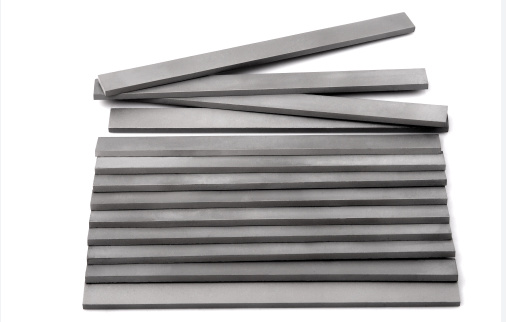
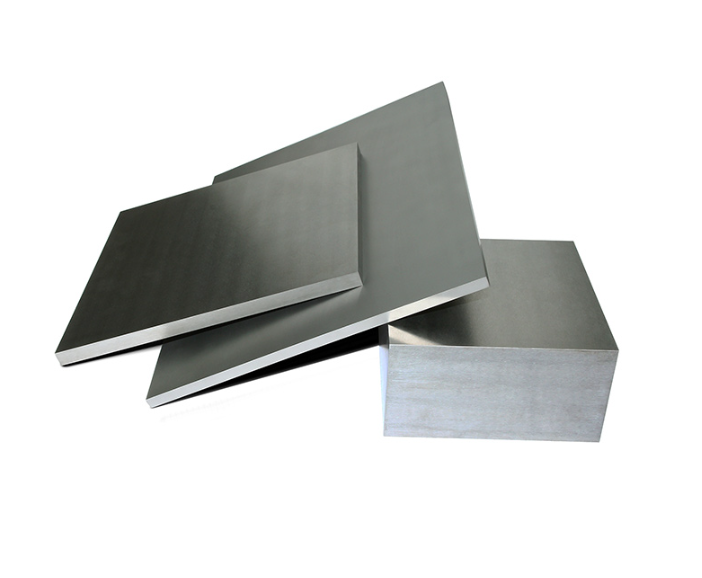
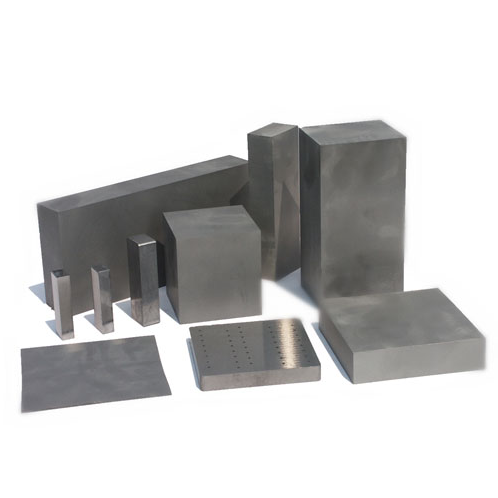
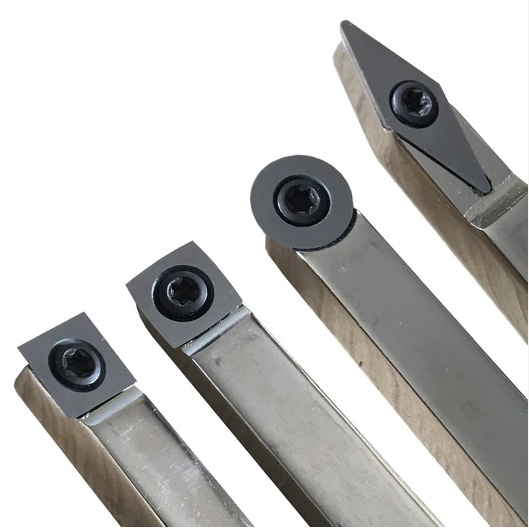
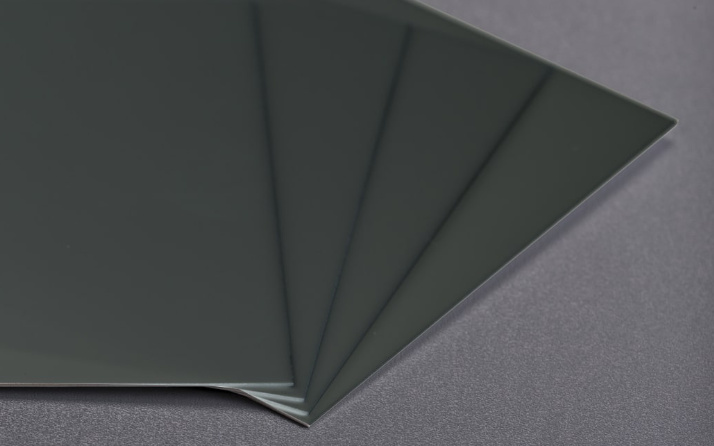

Технологический процесс производства твердосплавных покрытий
Производство твердосплавных покрытий включает в себя несколько ключевых этапов, обеспечивающих оптимальную производительность. Вот упрощенная схема этого процесса:
- Приготовление порошка: Отбираются порошки карбида высокой чистоты, смешиваются со связующими веществами и измельчаются до однородности.
- Техника нанесения:
- Термическое напыление: Включает методы высокоскоростного кислородного топлива (HVOF) или плазменного напыления.
- Химическое осаждение из паровой фазы (CVD): Осаждает тонкий карбидный слой в вакуумной камере.
- Физическое осаждение из паровой фазы (PVD): Для создания покрытия используется испарение или напыление.
- Отверждение и спекание: Материал с покрытием нагревается до высоких температур, чтобы затвердеть и скрепить слои.
- Отделка: Полировка или шлифовка обеспечивает требуемую чистоту поверхности и размеры.
Свойства материалов Твердосплавные покрытия
Уникальные свойства твердосплавных покрытий делают их незаменимыми. Вот таблица, в которой приведены основные свойства материала:
| Недвижимость | Диапазон |
|---|---|
| Твердость | 1500 - 3000 HV |
| Плотность | 14,5 - 15,8 г/см³ |
| Износостойкость | Отличный |
| Коррозионная стойкость | Варьируется (от хорошего до отличного) |
| Теплопроводность | 60 - 100 Вт/мК |
| Диапазон рабочих температур | -200°C до 1200°C |
Технические характеристики, размеры, формы и стандарты
Твердосплавные покрытия имеют различные технические характеристики, отвечающие требованиям промышленности. Вот сводная таблица:
| Параметр | Подробности |
|---|---|
| Толщина покрытия | 10 - 500 мкм |
| Материалы подложки | Сталь, алюминий, керамика |
| Соответствие стандартам | ASTM B653, ISO 9001, MIL-C-81769 |
| Поддерживаемые формы | Цилиндрические, плоские, сложные геометрические формы |
Выбор поставщиков твердосплавных покрытий и цены на них
Выбор правильного поставщика очень важен для обеспечения стабильного качества. Вот факторы, которые следует учитывать:
| Фактор | Подробности |
|---|---|
| Репутация поставщика | Опыт работы в данной области, отзывы клиентов |
| Сертификаты | Сертификаты ISO, гарантии качества |
| Параметры настройки | Индивидуальные составы и толщины |
| Ценообразование | $50 - $300 за квадратный метр, в зависимости от сложности |
Выбор правильного Твердосплавные покрытия
При выборе лучшего твердосплавного покрытия необходимо взвесить несколько факторов. Вот сравнительная таблица, которая поможет вам принять решение:
| Рассмотрение | Опции | Лучшее для |
|---|---|---|
| Твердость против жесткости | WC против CrC | Износостойкость в сравнении с коррозией |
| Требования к температуре | SiC против TiC | Высокая температура по сравнению с умеренной температурой |
| Стоимость | Карбид бора против карбида вольфрама | Легкий вес против долговечности |

Преимущества и ограничения твердосплавных покрытий
| Преимущества | Ограничения |
|---|---|
| Исключительная твердость и долговечность | Высокая первоначальная стоимость |
| Устойчивость к износу, нагреву и коррозии | Требуется специализированное оборудование для нанесения |
| Продлевает срок службы компонентов | Ограниченная гибкость в определенных геометрических формах |
Вопросы и ответы
| Вопрос | Ответить |
|---|---|
| Что такое твердосплавные покрытия? | Твердые слои, наносимые на поверхности для повышения прочности. |
| Как наносятся твердосплавные покрытия? | Такие методы, как термическое напыление, CVD и PVD. |
| В каких отраслях промышленности используются твердосплавные покрытия? | Аэрокосмическая промышленность, автомобилестроение, производство и многое другое. |
| Могут ли твердосплавные покрытия противостоять коррозии? | Да, особенно хромовые и карбидокремниевые. |
| Дорогие ли твердосплавные покрытия? | Стоимость варьируется, но благодаря долговечности можно сэкономить в долгосрочной перспективе. |


